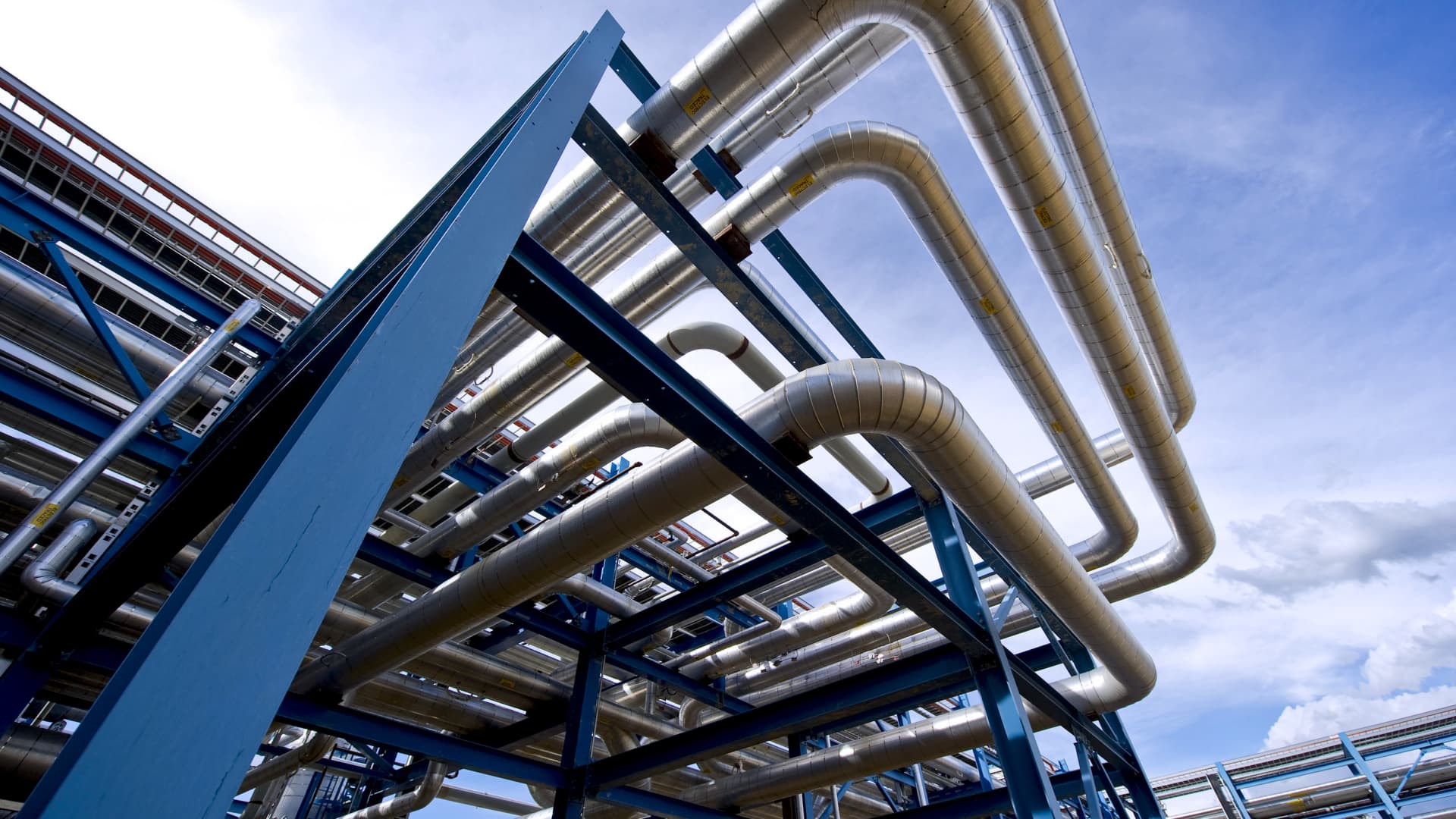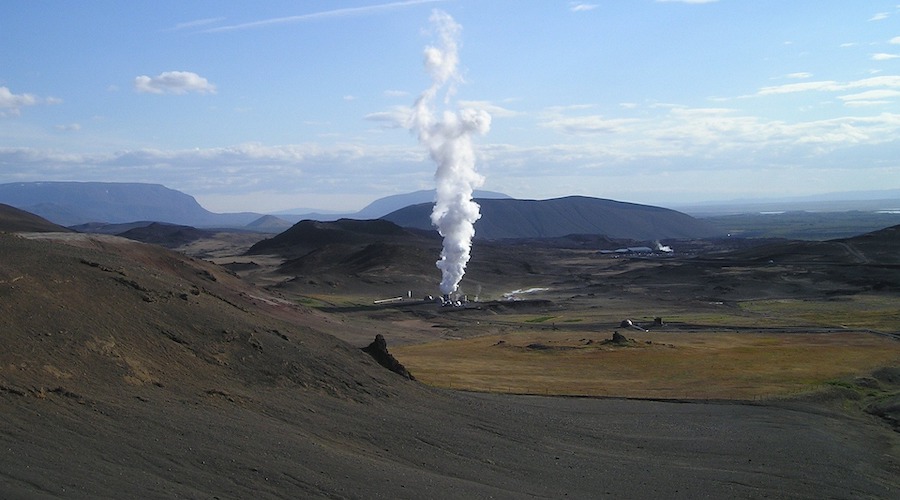Decarbonizing Data Centers â It’s Fun!

Decarbonizing data centers is a topic we’ve covered for many years. Just doing a quick search, I found several articles I wrote about data center decarbonization efforts back in 2011, more than a decade ago. However, discussion of the topic is normally kept quite simple, with the focus being on how much a company or data center sources its electricity from renewable energy sources. I recently sat down with a couple of experts on data center decarbonization from Hitachi’s Environmental Business Division to learn more, and it turned out that they made the topic much more fun and interesting than I ever anticipated!
Let’s start with some background before diving into the data center decarbonization nitty gritty.
I had this conversation with Jody Heyroth, Senior Director of Operations in the Hitachi Environmental Business Division, and Justin Bean, who is working on solution and strategy innovation, sustainability and ESG in the Hitachi Environmental Business Division. Jody noted that Hitachi, despite being in business for approximately 112 years, is constantly focused on the future and innovation. “We’re an innovation-led business,” he emphasized. “We have a mission to contribute to society through the development of superior, original technology and products.” Hitachi manufactures a wide variety of products: automotive equipment, bullet train tech, computer storage equipment, healthcare technology, electric grid technology, and more. It’s also deeply involved on the software side of these industries.
Data Center Decarbonization Challenges & General Solutions
The focus on innovation and constant improvement is highlighted in how Jody and Justin talk about data center decarbonization. To start with, here’s a good overview of the core challenges and general solutions from Jody’s point of view:
“The challenge that data center operators have today is they’ve got to figure out how they balance this sustainable growth. How do they get more out of that existing facility, right — the footprint of that facility, the energy supply for that facility? But then also ensuring that, as they go and build new data centers, that they’re built with this whole sustainability mindset. You know, so, can data centers be more sustainable? Yeah, absolutely.
“They can source power from renewable energy sources — like wind, solar, and geothermal. They can utilize efficient solutions to move the electricity from the grid to the equipment. They can also have more efficient server and network and storage equipment. And when we talk about kind of efficiency here, we’re thinking about relative to the physical footprint (how much space does that equipment take up), what is it’s energy consumption, as well as then what’s the heat that’s being generated? Because as most people know, the challenge with data centers is all of this IT equipment in there — it generates a massive amount of heat, and how do you control it and manage that to safeguard the equipment, but do so in an efficient way.
“But also, we can’t forget about the applications — you know, they’re the real consumers of the data center. We can be more efficient in the design and the flexibility of our applications so that they can consume the right resources at the right time at the right location to really minimize their environmental impact.”
Getting into the Details of Decarbonizing Data Centers
Jody and Justin then get more granular. We touch on monitoring IT equipment, analyzing the carbon impact of specific servers, identifying how to reallocate resources to minimize operational carbon impact, and much more. We discuss building or procuring renewable energy directly versus buying emissions offsets or renewable energy credits. We discuss internal and different kinds of external pressure being put on corporations to become more sustainable — on a true, deep level. After talking a bit about the detailed equipment-level scale more and more customers want to be able to save energy and decarbonize, Jody also emphasized the growing role of tracking the results.
“There’s this element of accountability and responsibility. You’ve got to be able to measure and understand, ‘Okay, great, I did that project, I upgraded that equipment — did it move the needle like I expected it to?’ and really be able to understand the impact. And that’s actually something that we’re really starting to see even more, because, as organizations go to achieve these sustainability goals and initiatives, it is going to take an investment, but it is the right investment for the right long-term benefit? For that investment, it now means that the data center managers and sustainability managers need to be able to bring those stories back up to the C-suite to be able to explain and defend the case for that investment and the case for continued investment to be able to get them there.”
I asked about the challenge of deciding when to just keep rolling with existing equipment and simply trying to optimize it with one tweak after another versus when to buy new, more efficient equipment and write off the old equipment. Justin responded thoughtfully and in some good detail:
“Yeah, yeah, there’s kind of a tension there, right? So, they might want to move to more efficient infrastructure, but that is going to hold a lot of embodied carbon, right? And it takes a lot to build and assemble and transport all of that equipment, and so they don’t want to just kind of rip and replace altogether, but they’ll want to understand when it’s optimal to replace — because they’re going to be replacing this hardware anyway — but with the right tools and analytics and information, they can understand when it makes sense to replace that infrastructure, when it’s starting to go down from an operational standpoint, but also when it’s starting to consume more electricity and have more emissions associated with it, to the point where you’re going to want to replace it with something more efficient.
“And so, having those tools is really helpful so that they know when the right time is to replace that, and to understand what that embodied carbon is and what the e-waste would be for them — because that’s a big part of it too, the e-waste in the world is huge and data centers are contributing to that too.”
It’s a Journey, a Multi-Pronged Approach
As a kind of wrap-up summary of the issue, Jody states: “When we think about sustainability and improving data center operations, you know, it really is a multi-pronged approach. I think you have to think about it in terms of your power supply — so, where are you getting your primary power for your data center, what is it that your local utility provides; what might be available based on where your facility happens to be located? […] You also have to think about it relative to your backup power supply. You need to think about it in terms of the power equipment, right? So, looking at that transformer equipment, looking at and understanding how you get the power from the meter to your IT racks that are within your data center. It’s also about the building infrastructure. So, it’s thinking about it in terms of your HVAC systems that are providing overall cooling and temperature management for the facility. It’s the IT infrastructure, right — the server and network and storage equipment. It’s the applications. It’s the people in process.
“Now, that seems like a lot, right? (hehe) But those are kind of all the aspects that you would look at in terms of kind of data center — a kind of whole health or whole sustainability standpoint. But, you know, do you have to tackle everything at once? No. This is a journey or maybe it’s a marathon, or maybe it’s more like an urban adventure race if that’s a better analogy. (hehe)”
It’s Fun! It’s Like Going to Disney World
Justin also highlighted the fun of the process: “There’s also new innovations that are coming out pretty rapidly. Just like the rest of the tech sector, there’s a ton of innovation, there’s a ton of new capability that is coming to the fore in the industry — things like immersion cooling, that actually submerges your infrastructure in a coolant, in a liquid coolant. [There are] all these different ways of approaching the problem that could be a really interesting pathway. There’s a lot of new AI models to manage HVAC systems and applications and all of that. There’s also different ways of doing it. Do you want to shift your compute to a different geography at a certain time of day? Is there a strategy you can take in that sort of operations of managing and storing the data? Do you need some at this point and at another points — it starts looking a little bit like energy management, where you want to use energy from a battery when grid electricity is expensive, and you want to use grid energy when it’s cheap. […]
“It really is about figuring out how much you’re spending on electricity, where the savings opportunities might be. There might be something really simple. We talked to a data center recently that just put up some plastic curtains around certain parts of the data center to change the flow of the heat, and that gave them a huge reduction in energy spend — on the hundreds of thousands of dollars level. So, there’s all kinds of interesting things you can do that may give you millions of dollars in savings, may give your tens of thousands, or may just make your life a lot easier because it’s a lot easier to send your report over to the sustainability manager about what your emissions are and then what your plan is to reduce them.”
I jokingly (but really loving this metaphor) compared it to going to Disney World. “I think we can say it’s pretty much exactly like going to Disney World — this is what you’re basically saying here. You have a big course ahead, a big adventure ahead of you; you’ve got different tech innovations, it’s exhilarating; sometimes you have headaches, you get exhausted; you have to plan your projects — ‘we’re going to tackle this one right now, tackle that one later’; you can explore different worlds. I was going to make the joke earlier, and then you kept adding onto these. I was like, ‘This is a perfect metaphor.’ The only thing you don’t have is screaming kids behind you, but if you work from home, maybe you do — you’re a tech guy, right?”
There’s much, much more in the podcast. Listen to the whole discussion for more insight into decarbonizing data centers thoroughly, efficiently, and in a thoughtful way.
If you prefer SoundCloud over Spotify, here’s an embedded SoundCloud player to listen to the podcast:
You can find our CleanTech Talk podcast episodes on Anchor, Apple Podcasts / iTunes, Breaker, Google Podcasts, Overcast, Pocket, Podbean, Radio Public, SoundCloud, Spotify, or Stitcher.
Appreciate CleanTechnica’s originality and cleantech news coverage? Consider becoming a CleanTechnica Member, Supporter, Technician, or Ambassador — or a patron on Patreon.
Advertisement
 This post has been syndicated from a third-party source. View the original article here.
This post has been syndicated from a third-party source. View the original article here.




